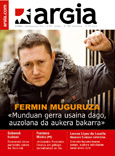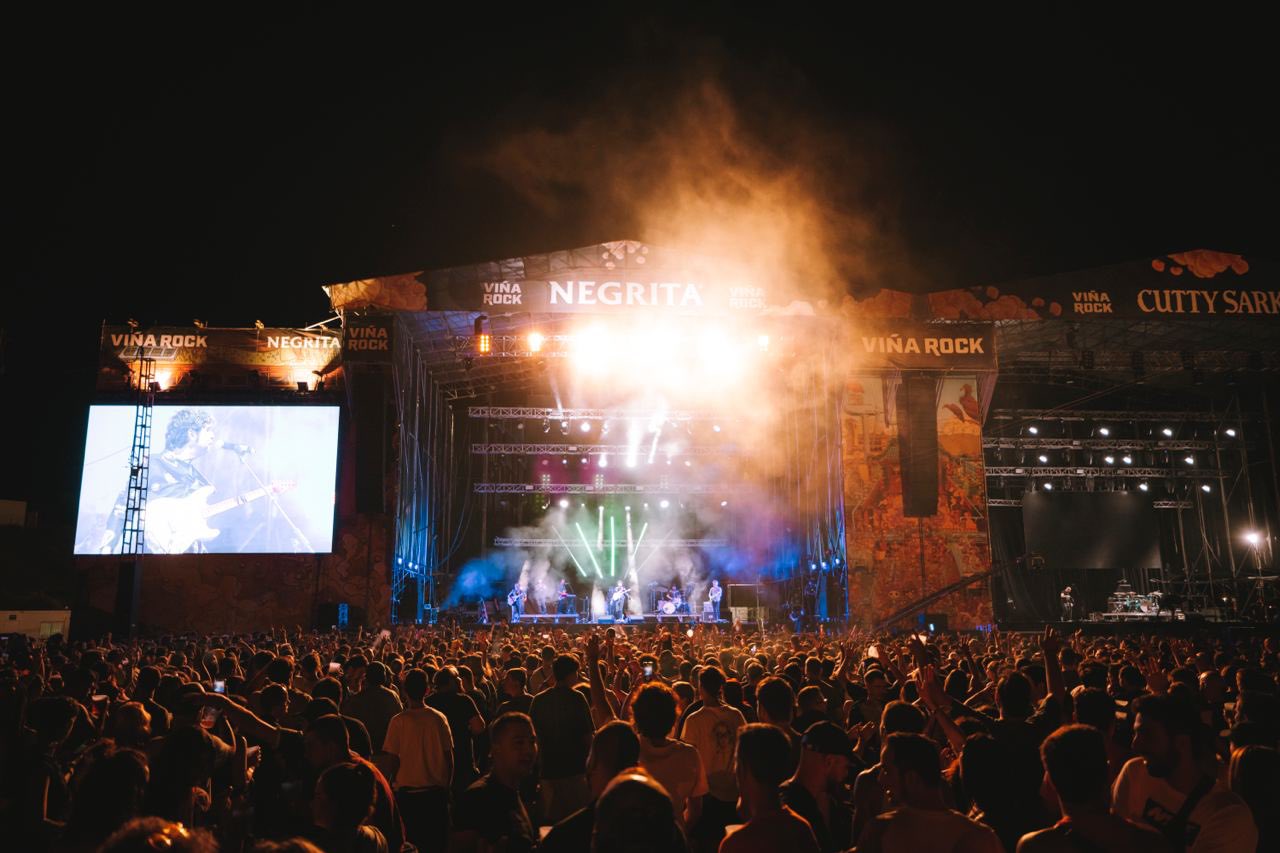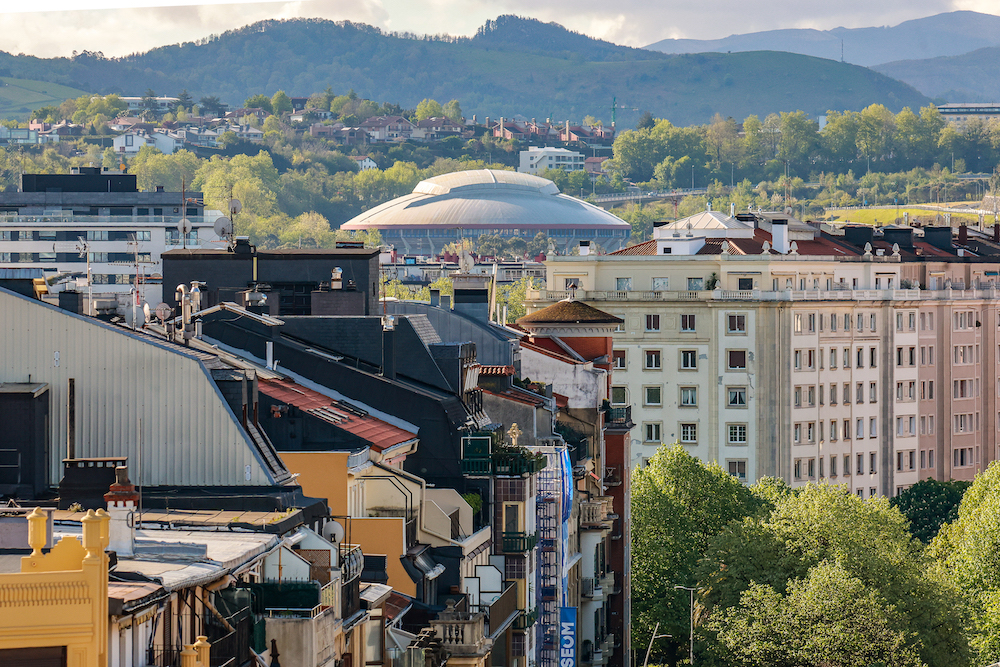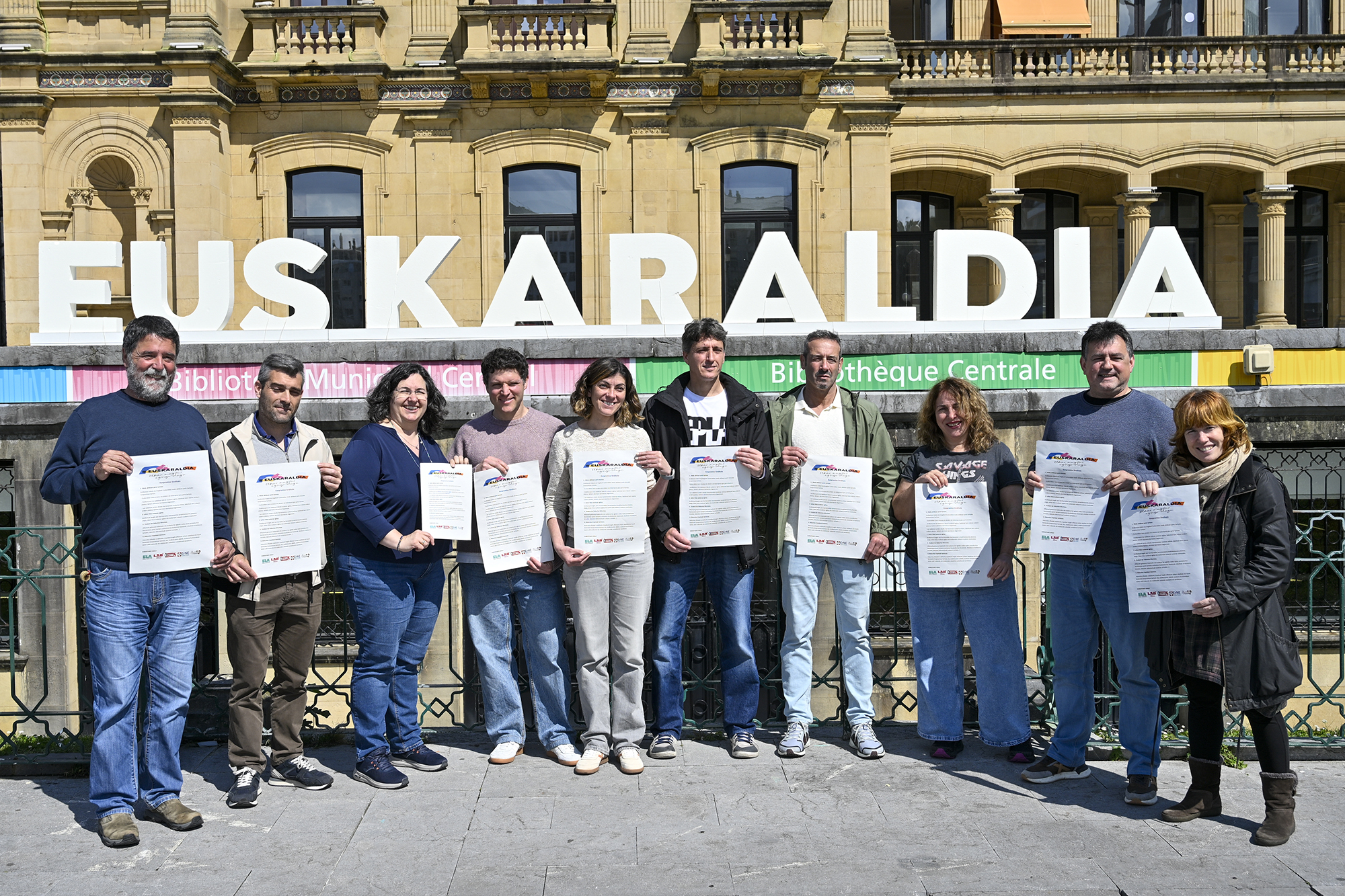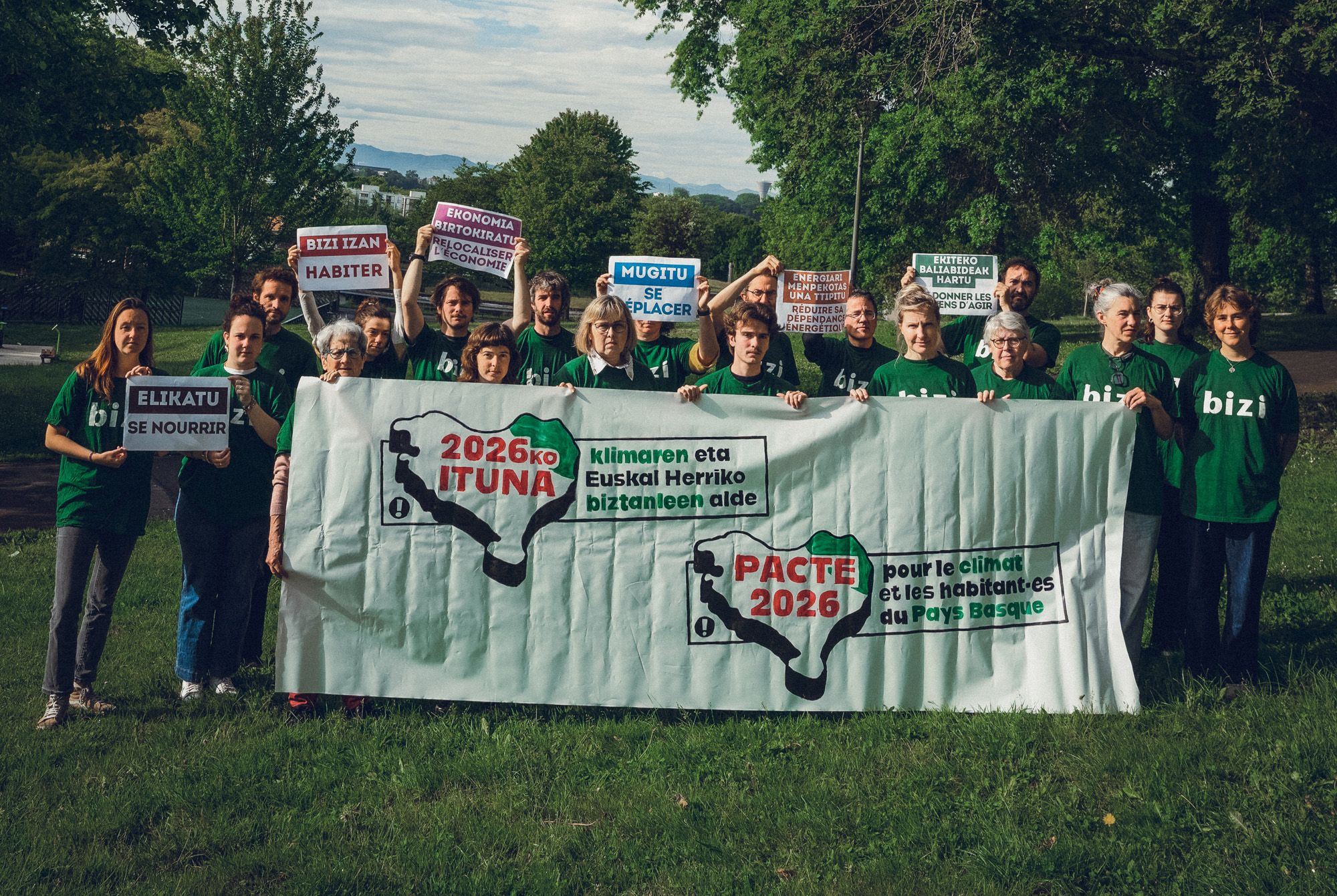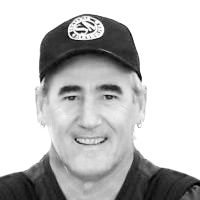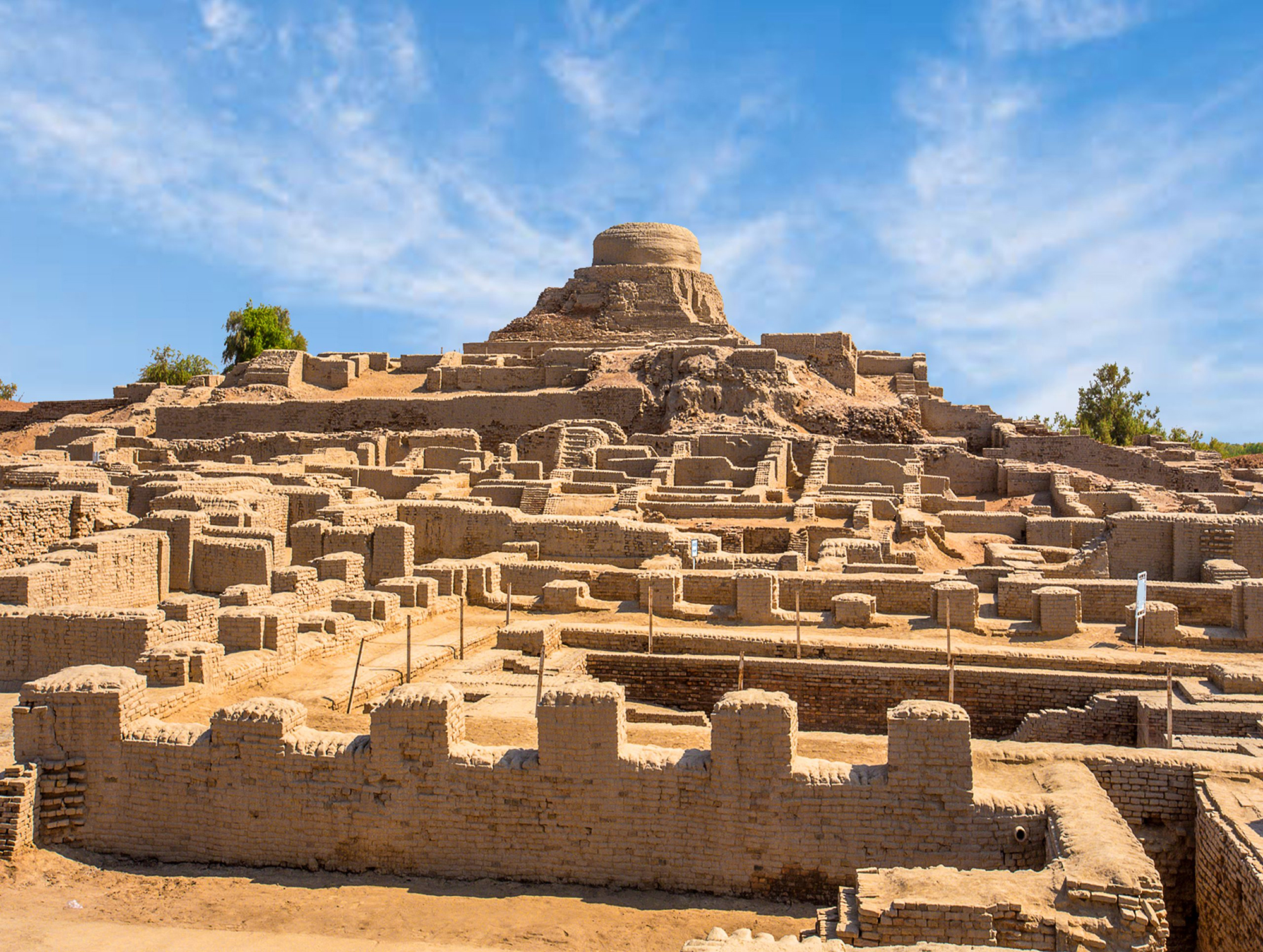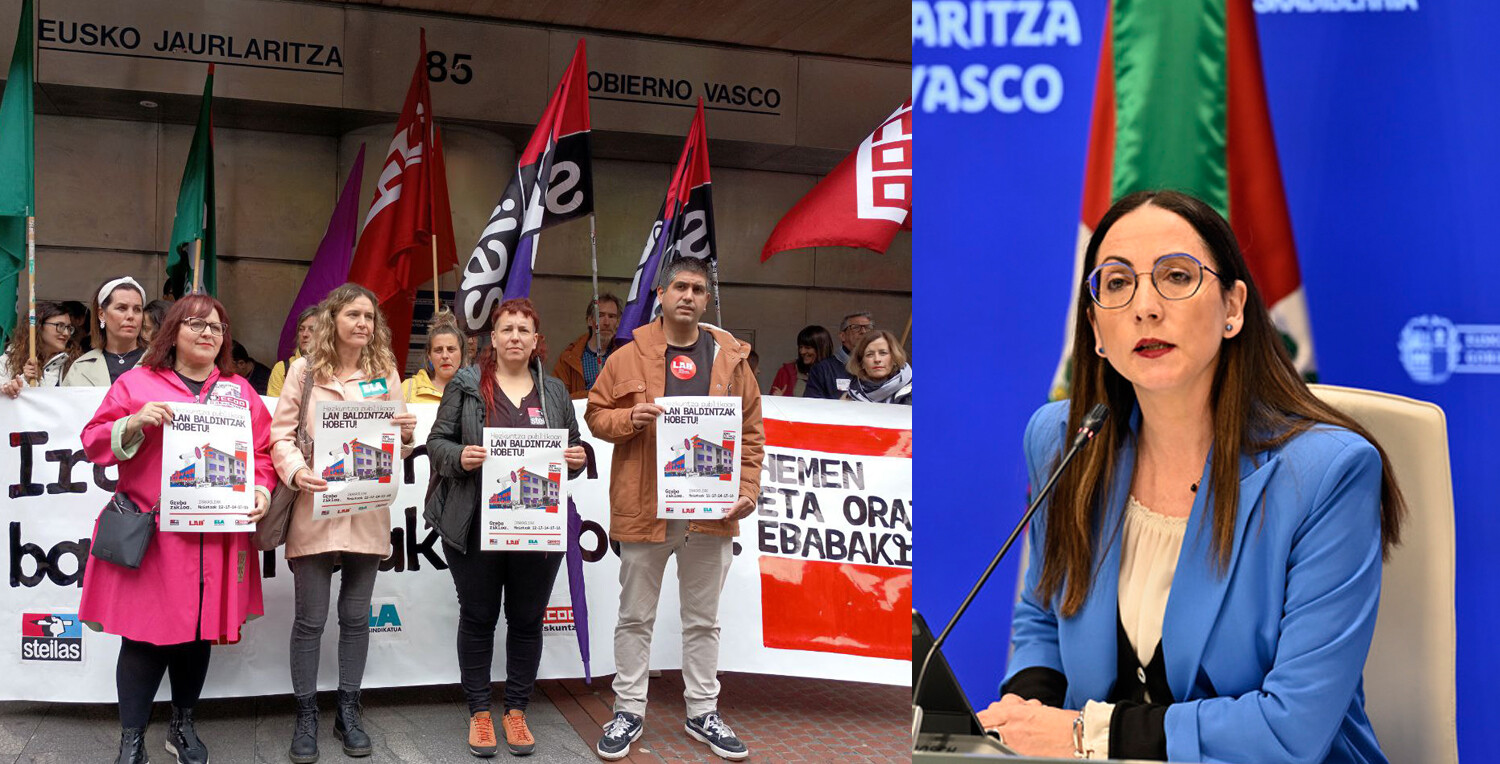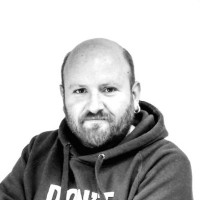The city of the hundred neighborhoods (I)
- Tango, Maradona, eliminated. These were the only signs that Detective Vázquez Montalbanen Carvalho had of Argentina before moving to Buenos Aires. Although all three are essential ingredients for understanding Buenos Aires, there are also countless other things that will surprise the traveler in this city that attracts thousands of people from all over the world every year. Conceived by Europeans, made by criollos.
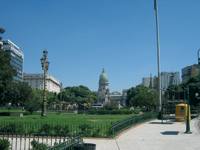
A city raised in circles
The Plaza de Mayo is the starting point to get to know Buenos Aires, since the city grew up in concentric circles around it. Being a city with long distances, the use of public transport is essential. We have subway (metro), trains, buses and taxis to choose from. Guia-T can be a good friend, which brings all the routes of its predecessors. It is also convenient to carry as many coins as possible; there are few in Argentina.
We have five subway lines. With the exception of the line C that connects the neighborhoods of Retiro del Norte and Constitución del Sur, all the others go from east to west, following the avenues of Corrientes and/or Rivadavia. The Rivadavia, named A, was the first in South America (1913). The early 20th century trains still run there.
If you’re heading south, you’ll find the old part of San Telmo and Montserrat. In addition to youth hostels, hotels, restaurants for tourists and traditional antique shops, we will find the oldest buildings in the city.
Traces of the Jesuits
Afew meters from the Plaza de Mayo is the Casada de las Luces. This neighborhood was very important in the development of the city. In the 17th century it was donated to the Jesuits, and many of the buildings erected by them are still there. For example, the oldest building in Buenos Aires, the Church of San Ignacio, was built in 1686. In the region where there is no stone, it is worth highlighting the construction techniques used by the Guaraní people, who were the majority of the population, among them the adobe. Also surprising are the tunnels made by the Guarani themselves for the defense of the city, which connected several houses of the old Buenos Aires with the fortress.
Continuing in the same direction, we find the neighborhoods of Constitución, Barracas and La Boca. If we have time, we will walk along the Columbus Route or Avenida 9 de Julio, which is said to be the largest in the world. On the Columbus route there are buildings of great merit: Faculty of Customs, Post, Engineering. In the riverside area, you’ll find Puerto Madero, which used to host goods and immigrants, today a new and luxurious neighborhood.
On Avenida 9 de Julio, which is crossed by the avenues of Corrientes and Mayo, reminding us of the birth of the flag and the foundation of the city, is the Obelisk. For many, the phallic symbol of Argentine machismo. And nearby, the Basque houses of the city: Laurak Bat, Vasco-French, Basque Country, House of Navarre. The “return” to the house is not a bad opportunity to finish the first part of the visit.
Carlos Menem presidentearen politika neoliberalak pobretutako Buenos Aires, ertaineko klasearentzako eta turistentzako zerbitzu-hiri bihurtu nahi dute gaur egun. Eremu publikoak zein kultur ekimenak pribatizatzea da Gobernuaren joera. Puerto Madero auzo berria da politika horren adierazle nagusia. Orain dela sei urteko krisialdiaren ondorioak lehen bezain nabariak ez badira ere, muturreko luxua eta pobrezia elkarrekin bizi dira Argentinako hiriburuan.
Jakiek eta lunfardo izeneko hizkera bereziak biztanleen %70 jatorri italiarrekoa dela agerian uzten dute, baina galiziarrak, armeniarrak, arabiarrak, judutarrak eta jakina, euskaldunak ere, asko dira garai batean Nueva Vizcaya izena eduki zuen lurralde honetan. Hain zuzen ere, 1992an Bilborekin anaitu zen.
Energia politikek haserreak eta desadostasun sakonak sortu dituzte ekologisten artean. Ez da gauza berririk. Hemen eta atzerrian. Hemen eta orain, nabarmen. Duela bi urte, 2023ko udaberrian, gure ikerketa taldeak (ekopol.eus) hiru mahai-inguru antolatu zituen Donostian,... [+]
The Indus Valley, about 5,000 years ago. The city of Mohenjo-Daro had about 35,000 inhabitants and, according to recent PNAS publication, had a very low Gini coefficient of 0.22 – a coefficient that measures the economic inequality of societies through the degree of... [+]
On the night of April 28, the terraces of Barcelona’s Badal Rambla were crowded; unrefrigerated beers were served, but people seemed happy. “If the end of the world has to come, let it catch us with joy,” a neighbor told me. For more than ten hours the electricity had... [+]
At the moment, and up to the head, a huge exhibition on Artificial Intelligence is on display at the Galerie nationale du Jeu de Paume in Paris, with the title: The world according to Artificial Intelligence. This exhibition presents a series of contemporary works of art, among... [+]
They hadn't seen each other for years. They didn't meet each other on the street. Looking at the situation from the outside, they seemed to be just two acquaintances. Behind them, far behind, are those intense years of early youth, where they were friends of the same gang. Where... [+]
Talentu faltaren mamua da azkenaldian ekonomiaren ikuspegi kapitalista hegemonikotik ezarri nahi diguten eta denek ontzat eman behar dugun ideia nagusietako bat. Arazo artifiziala da, eta ikuspegi oso elitistatik, gure egunerokoan ez dagoen denon arazo bihurtu nahi... [+]
Iberiar penintsulan apirilaren 28an gertatutako itzalaldiak, egungo energia sistemak dituen arrakala guztiak utzi zituen bistan. Enpresa elektriko handien diru gosea, berriztagarrien ezarpen masiboak dakartzan ajeak, eta herritarrok bizimodu hiper-elektrifikatuarekiko dugun... [+]









